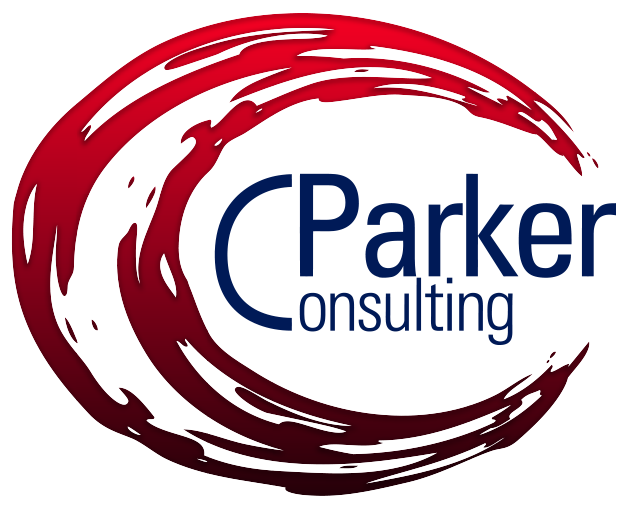COVID-19 and When You Have to Meet Face to Face
/With the recommendation for social distancing, there are times that organizations still must meet face to face – whether for training or for a facilitated meeting. As a practitioner, C Parker Consulting, Inc. (CPC) wants to support these tough decisions and at the same time be cognizant of the dangers of COVID-19. If you find yourself needing to host a face to face session, CPC has put together a list of 10 practical approaches to help you and your participants stay healthy:
Set up the meeting room or classroom with the participants physically spread out farther apart; best practices are 6 feet away. This direction might lead to a traditional classroom set up instead of cluster seating that we typically recommend in training/facilitation settings.
Take frequent breaks. The best practice is a 10-minute break for every 60 minutes of instruction or discussion. Consider increasing time to a break every 45 minutes. This timing allows participants to refresh hygienically (wash their hands) and to check electronics for any information back at their office, which may need immediate attention.
Increase the number of hand sanitizers in the classroom. Provide tissues/paper towels, or wipes for participants to use for hands, seating space, and electronics.
Set a business ground rule of no touching. Avoid elbow bumps and hand shaking. Keep to a friendly wave greeting.
Beware of your supplies. Sanitize them before and after each use. This includes tactile tools, games, markers, etc.
Avoid handouts (COVID-19 can live on paper, too). Send participants all materials electronically in advance of the meeting/class.
Manage snacks and beverages. In break areas, ask hospitality staff to provide pre-packaged grab and go snacks that are fully wrapped. In a buffet setting, ask the staff to serve the food. Set a time for beverage service and again, ask staff to pour coffee and serve drinks. Allow participants to remove food from the break areas, classroom, or cafeterias in order to eat in more private spaces.
If there is a networking event, host it outdoors. Be aware of ice-breakers and team-builders that cause participants to interact. Facilitate activities which foster individual thinking, then debrief discussions in plenary. Leverage technologies such as Turning Point for virtual, classroom interactions. Get creative!
Request the training/meeting facility sanitize meeting room doorknobs, tables, chairs, computers, remotes, lapel mics, etc. each evening.
Encourage participants to wear masks if it makes them more comfortable; do not make a comment or draw attention to it.





